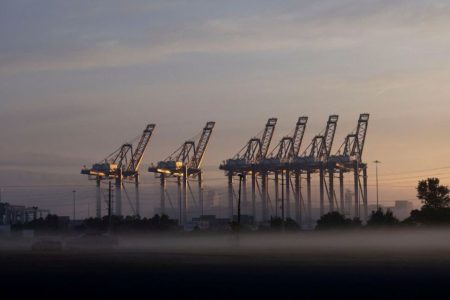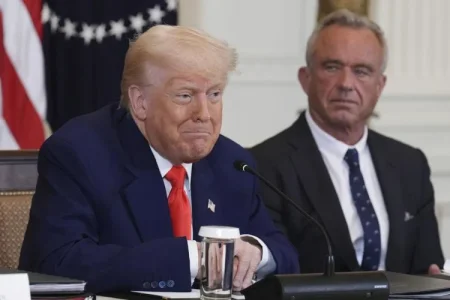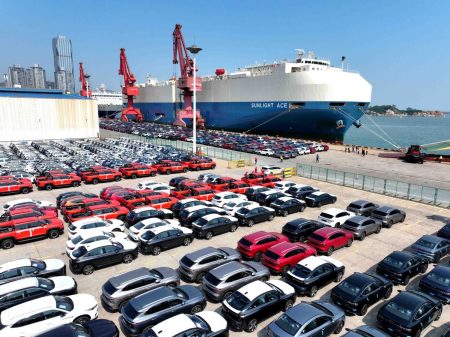Apple has revealed plans to move the majority of its U.S. iPhone production to India by the end of 2026. This shift comes as Apple seeks to reduce its reliance on China, especially amid the ongoing tariff war between the U.S. and China. By 2026, Apple aims to have the majority of its iPhones sold in the U.S. assembled in India, doubling its current output from the South Asian country.
Key Shift in Production
Currently, Apple manufactures about 80% of the 60 million iPhones it sells in the U.S. in China. This shift to India would help the tech giant mitigate the impact of rising tariffs on Chinese goods. According to reports, Apple is in discussions with its manufacturing partners in India, such as Foxconn and the Tata Group, to execute this transition. The move will also support Apple’s efforts to diversify its supply chain outside of China.
In March, Apple shipped $2 billion worth of iPhones from India, marking a record for both Foxconn and Tata Group. The increased production is part of Apple’s strategy to reduce its exposure to the risks posed by the U.S.-China trade tensions.
India’s Role in the Global Smartphone Market
Indian Prime Minister Narendra Modi has been actively promoting the country as a hub for global smartphone manufacturing. This initiative has gained momentum with India’s recent decision to remove import taxes on certain mobile phone components, providing a competitive advantage for companies like Apple.
Babak Hafezi, CEO of Hafezi Capital, an international consulting firm, explained the significance of these changes: “If you’re charging import tax for intermediary goods, you cannot be as competitive as someone who does not. India’s goal is to become the leading manufacturing hub for smartphones.”
Growth in Indian iPhone Production
Apple’s manufacturing operations in India have already seen impressive growth. According to Bloomberg, the company assembled $22 billion worth of iPhones in India during the year ending March 2025, marking a 60% increase from the previous year. However, even with this significant growth, India still accounts for only 20% of the global iPhone production.
Roadblocks and Challenges Ahead
Despite the progress, shifting production to India presents several challenges for Apple. According to a Reuters report, manufacturing iPhones in India is estimated to cost 5-8% more than in China. This increase in production costs is a major consideration for Apple as it looks to scale up operations in India.
Dan Ives, an analyst at Wedbush Securities, explained that while India will help Apple reduce its reliance on China, the transition is a long-term process. “It will take years to make this move,” Ives said. “Apple is caught in the tariff storm, and India’s role in the supply chain is still not large enough to offset China’s dominance.”
Roadblocks from China
Apple’s shift to India has not been without its challenges. According to recent reports, Chinese authorities have created obstacles for Apple’s suppliers, delaying shipments or blocking the export of equipment to India. In some cases, Foxconn’s export applications have been denied, while other shipments have faced delays of up to four months.
These delays come amid the ongoing U.S.-China trade tensions, which have led to additional pressure on tech companies like Apple. The Chinese government’s actions have raised concerns about potential disruptions in Apple’s efforts to shift its production away from China.
Looking Ahead
Despite these challenges, Apple’s move to increase production in India is part of a larger strategy to mitigate the impact of rising tariffs and reduce dependence on China. As the company navigates these obstacles, it will continue to work with its partners in India to expand its operations and enhance the country’s role in its global supply chain.
Apple’s shift in production marks a significant development in the tech industry and the global supply chain. The company’s efforts to diversify its production base reflect broader trends in the tech industry, where companies are increasingly seeking to reduce their reliance on China amid ongoing trade disputes.















